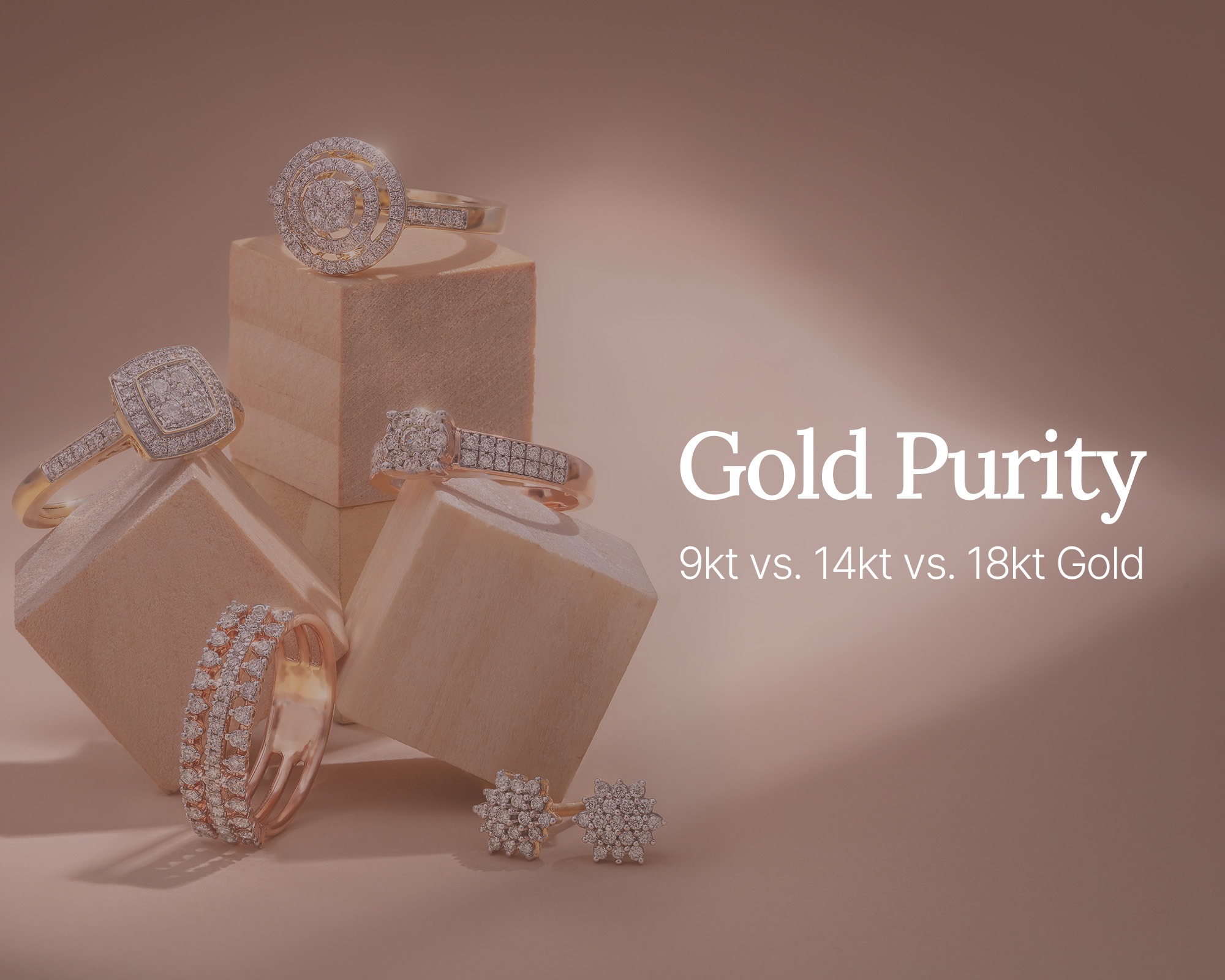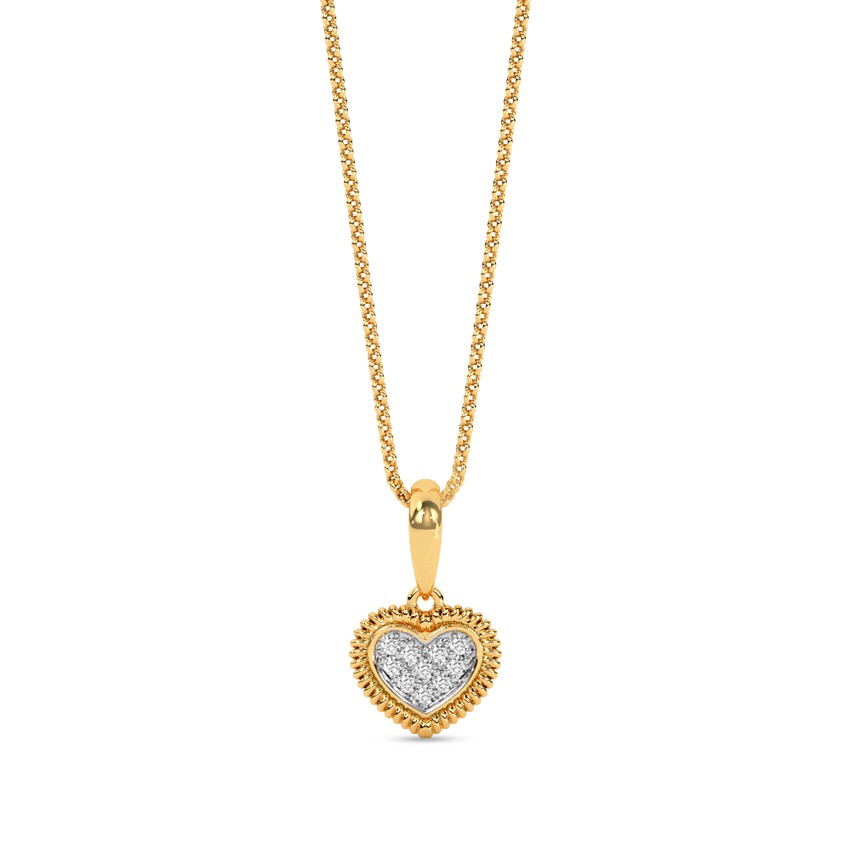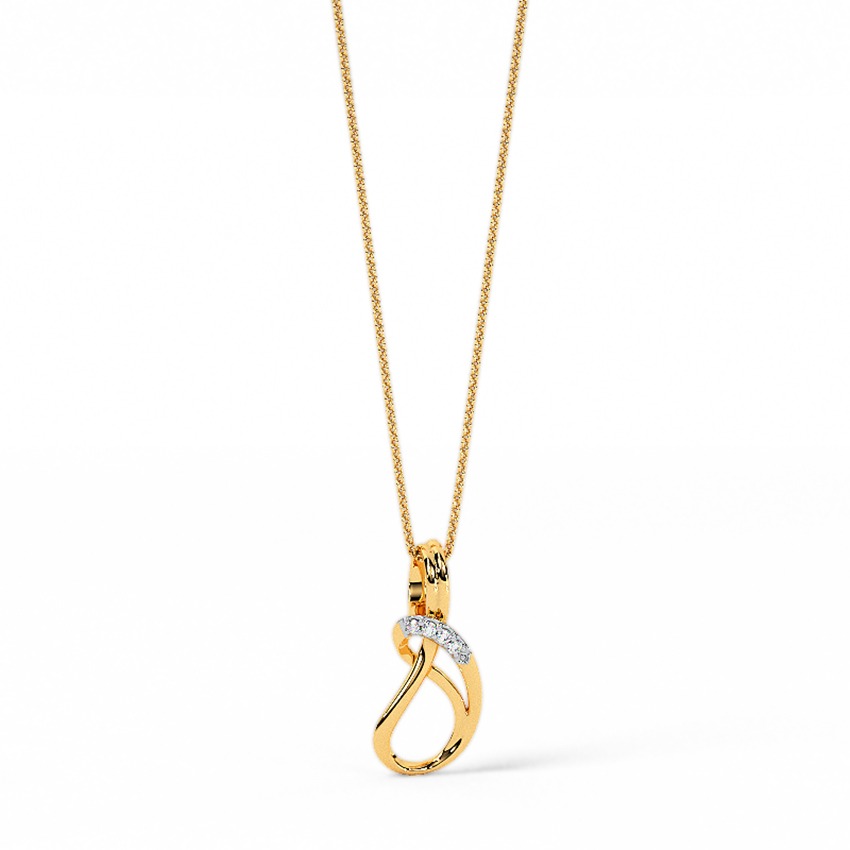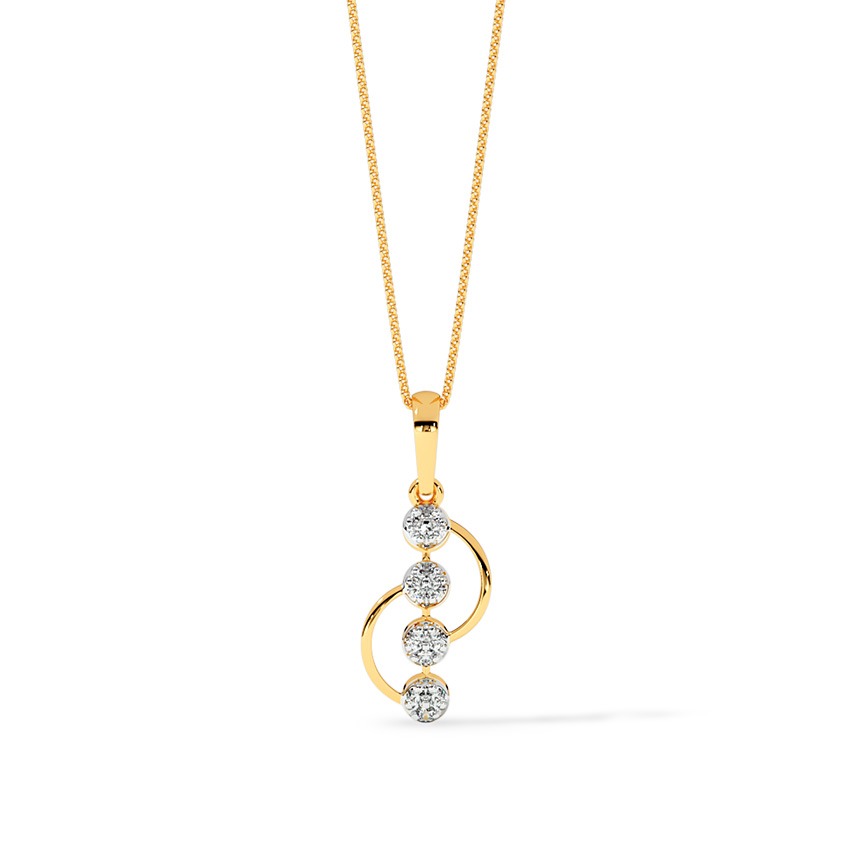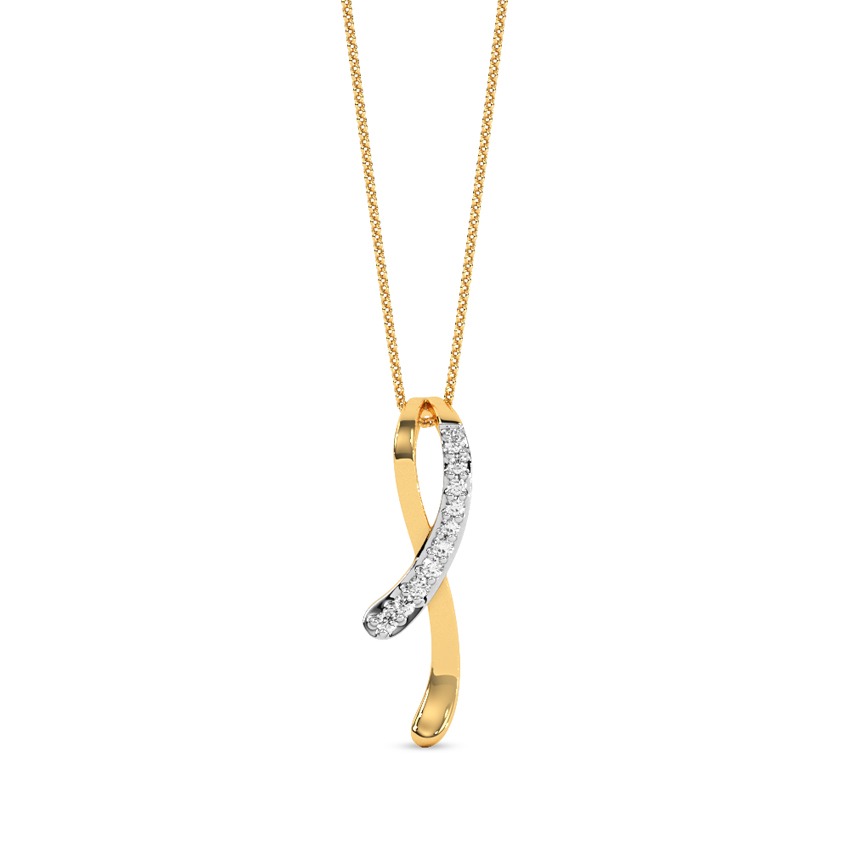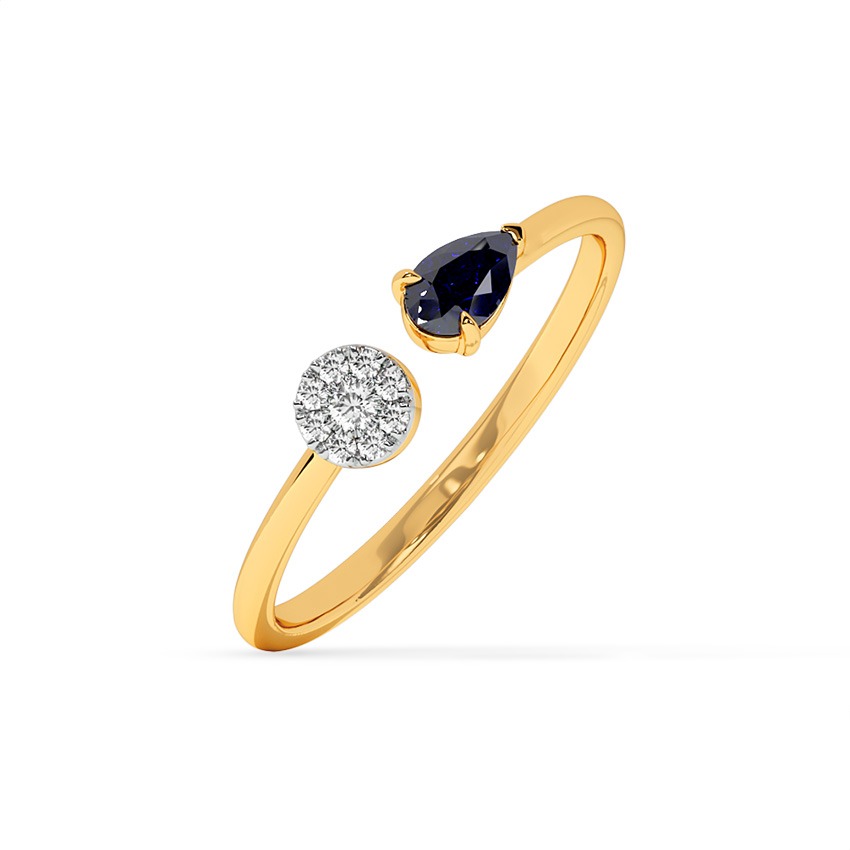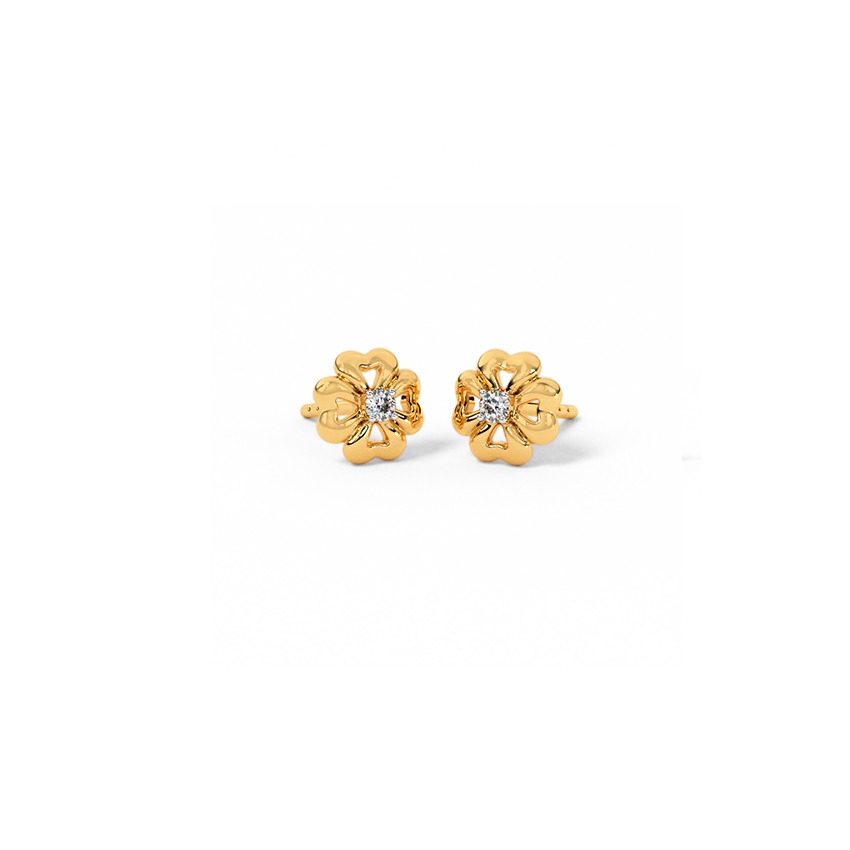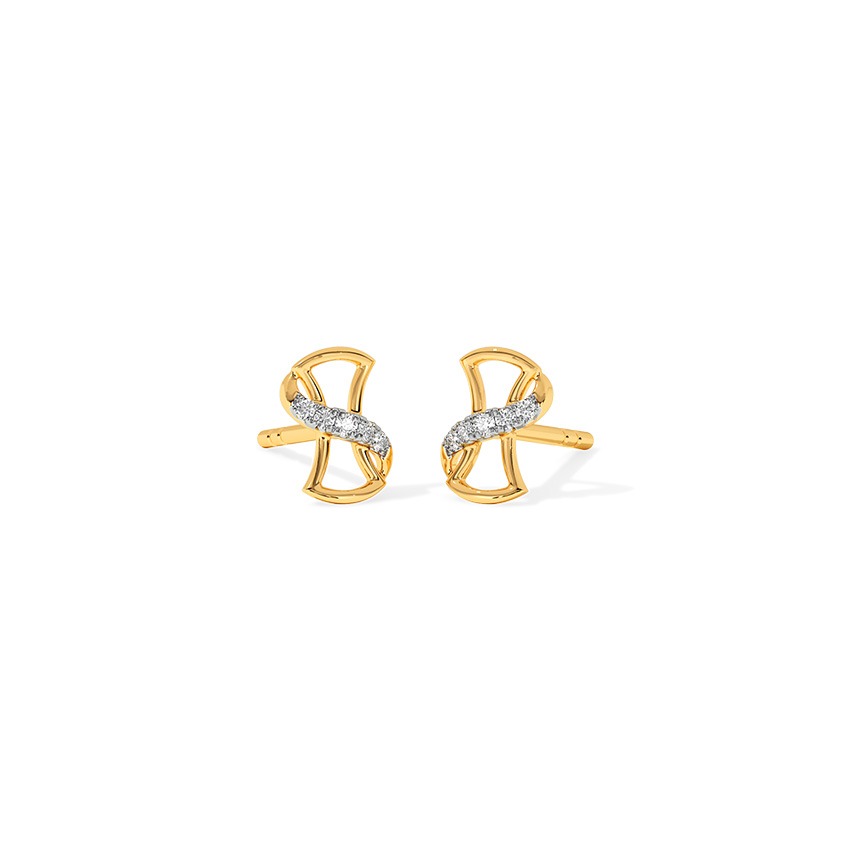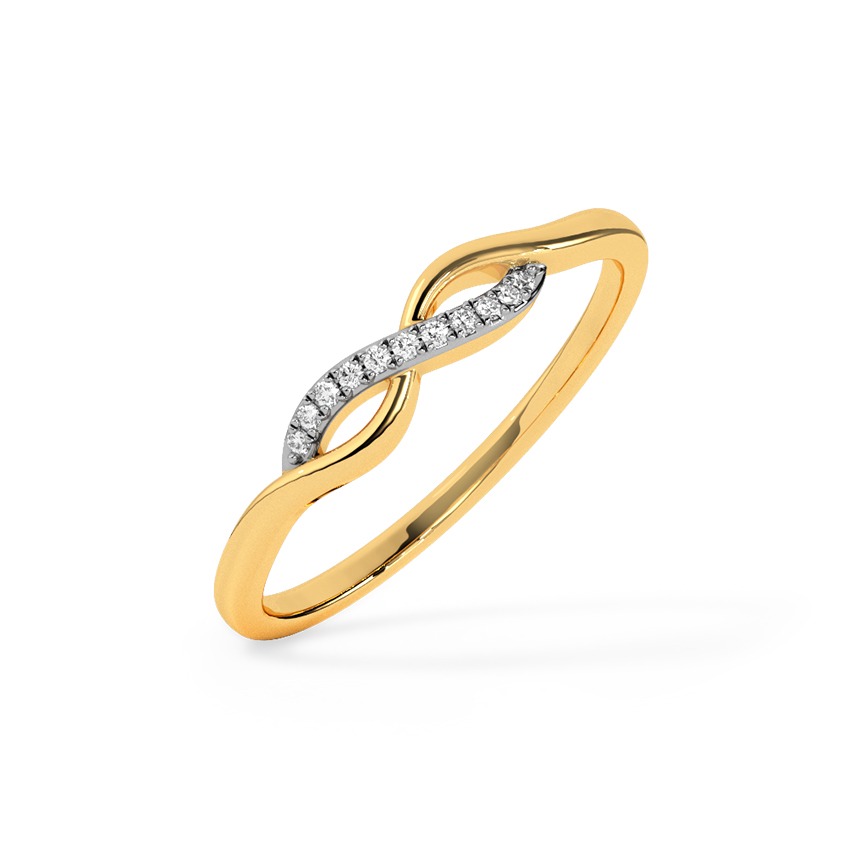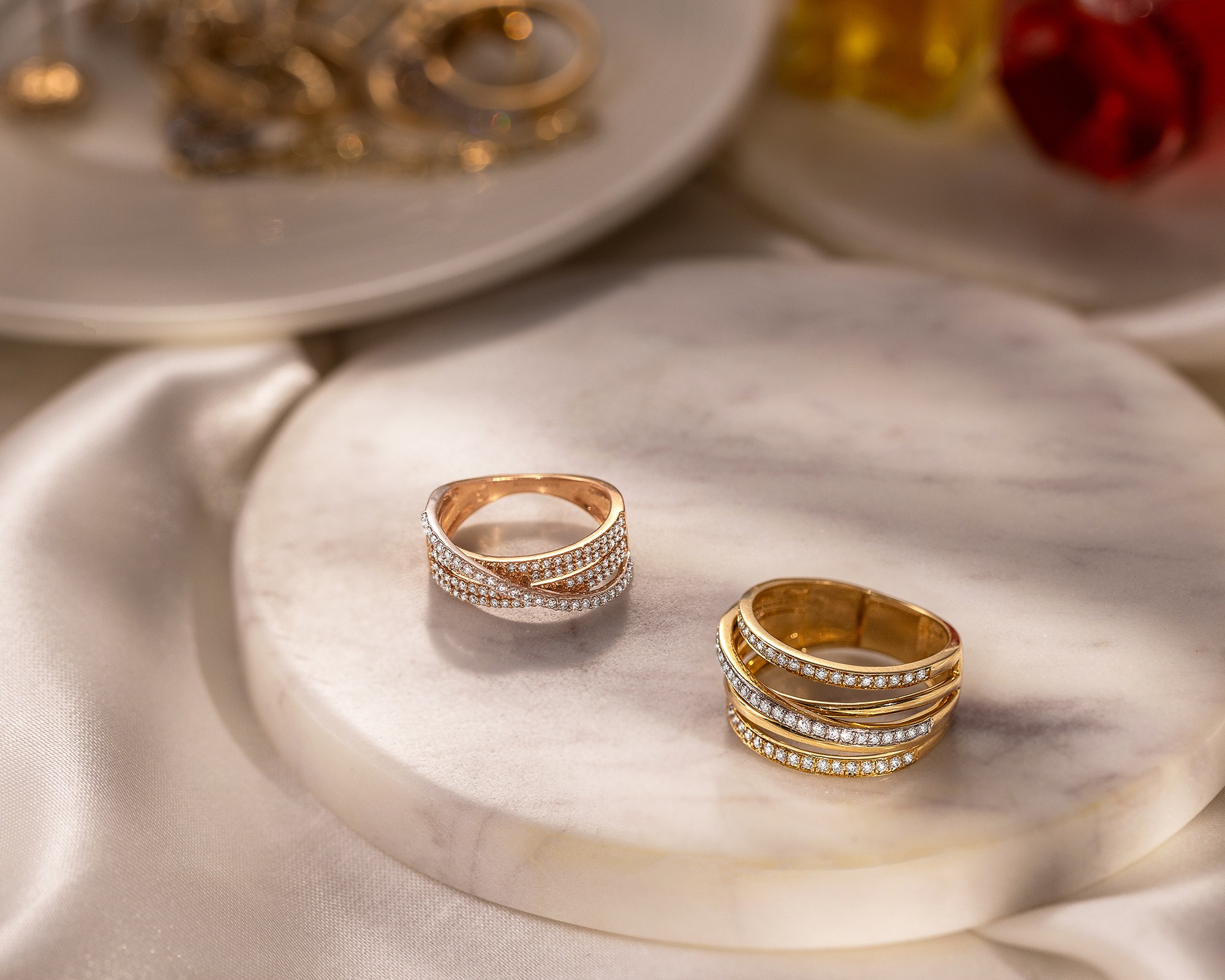The key to choosing the perfect gold jewellery lies in understanding its purity. Gold purity influences everything—from the brilliance of its hue to its durability, price, and suitability for daily wear or special occasions. It refers to the ratio of pure gold to other metals in a piece of jewellery. Common purity levels include 9kt, 14kt, 18kt, 22kt, and 24kt—each offering a different balance of gold content, strength, and aesthetic appeal. Knowing these distinctions will help you make informed choices based on your lifestyle, budget, and personal style.
What is Gold Purity and Why It Matters
Gold purity refers to the amount pure gold is present in an alloyed piece of jewellery, commonly measured in karats (K). This is different from the gemstone-related term “carat,” which refers to weight. In gold, 24K is considered pure gold, while lower karats such as 9K, 14K, and 18K indicate a mix of gold with other metals for added strength and altered appearance.
Understanding the karat system is crucial when purchasing gold, as it influences:
- Colour: Higher karats, such as 22K and 24K, appear more yellow due to their higher gold content, while 9K and 14K exhibit a paler tone.
- Durability: Pure gold is soft, so lower-karat gold is often better for everyday wear.
- Value: The more gold in the alloy, the higher the price.
Whether you’re wondering how gold is measured, looking for a gold carat converter, or deciding between karat and carat, knowing these basics ensures you make informed jewellery choices.
Gold Purity Chart: Understanding 9kt, 10kt 14kt, 18kt, 22kt, and 24kt Gold
Gold purity influences everything from colour vibrancy to wearability and cost, making it a crucial factor in jewellery selection. Below is a comprehensive gold purity chart summarising the key differences among 9K, 10K, 14K, 18K, 22K, and 24K gold:
| Gold Karat | Purity Level | Hallmark Identification | Considerations |
| 9K Gold | 37.5% gold, 62.5% alloy metals | Marked with ‘375’ | Cost-effective but may contain nickel; paler tone |
| 10K Gold | 41.6% gold, 58.4% alloy metals | Marked with ‘416’ | Cost-effective but may contain nickel; paler tone |
| 14K Gold | 58.3% gold, 41.7% alloy metals | Marked with ‘585’ | Great balance of strength and appearance |
| 18K Gold | 75% gold, 25% alloy metals | Marked with ‘750’ | Rich tone, durable enough for daily use |
| 22K Gold | 91.6% gold, 8.4% alloy metals | Marked with ‘916’ | Beautiful yellow hue; not ideal for heavy wear |
| 24K Gold | 99.9% pure gold | Marked with ‘999’ | Hypoallergenic but not suitable for everyday wear |
The percentage of pure gold in jewellery significantly impacts its characteristics, affecting durability, colour, suitability, and price for different lifestyles.
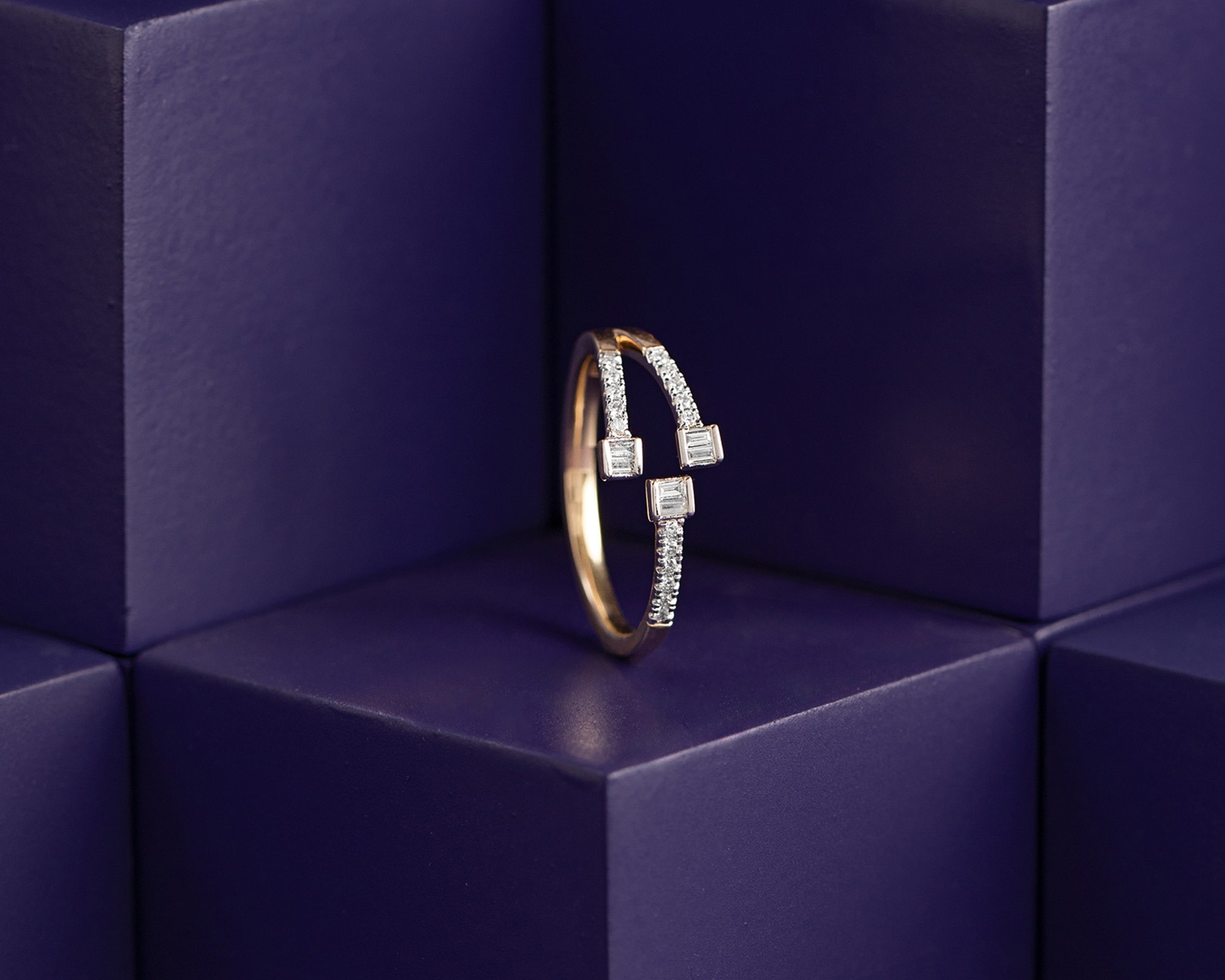
Decoding Gold Karats: What Each Purity Level Means
24 Karat Gold – The Purest Form of Gold
24K gold is 99.9% pure, also known as ‘999 gold’. It features a deep yellow hue and is considered the highest quality of gold available. Due to its softness, it is unsuitable for everyday jewellery and is instead used in gold coins, bars, and investment-grade items. Its purity makes it hypoallergenic and ideal for long-term value.
22 Karat Gold – Ideal for Wedding and Traditional Jewellery
Composed of 91.6% gold and marked with a ‘916’ hallmark, 22K gold is widely used in Indian weddings and festive jewellery. Its high purity gives it a rich yellow colour while retaining enough strength to hold intricate designs and gemstones. It’s a favourite for traditional bangles, necklaces, and bridal sets.
18 Karat Gold – Best for Diamond & Everyday Jewellery
18K gold, made of 75% pure gold and marked with the ‘750’ hallmark, strikes the right balance between luxury and durability. It’s often used in diamond-studded pieces and premium daily-wear jewellery. Available in yellow, white, and rose gold, it suits both special occasions and regular wear.
14 Karat Gold – Durable & Budget-Friendly Elegance
With 58.3% gold content and a ‘585’ hallmark, 14K gold is known for its strength and affordability. It’s a popular choice for rings, earrings, and chains that need to withstand daily use. It offers a warm tone and is often used in both fashion and fine jewellery segments.
10 Karat Gold – The Entry-Level Option
Containing 41.6% gold and marked with ‘416’, 10K gold is a cost-effective option for those entering the fine jewellery space. Though it has a paler colour and may cause irritation for sensitive skin types, it’s highly durable and suitable for everyday accessories.
9 Karat Gold – Durable and Affordable
With 37.5% gold and the hallmark ‘375’, 9K gold is the most durable among all karat types, owing to its high alloy content. It’s a great choice for budget-conscious buyers looking for long-lasting jewellery for daily use. While its pale yellow tone differs from higher karats, it remains a practical and popular option.
Which Karat Gold is Best for Your Needs?
| Karat | Durability | Budget | Ideal For | Occasion |
| 9K / 10K | Highly durable and scratch-resistant | Most affordable | Daily-wear rings, casual jewellery | Everyday wear |
| 14K | Balanced strength and rich gold hue | Budget-friendly | Everyday wear, fine jewellery | Office wear, light occasion wear |
| 18K | Softer but more valuable and vibrant | Premium | Diamond/ Engagement rings, luxury daily jewellery | Special occasions, daily luxe |
| 22K | Soft, retains a strong yellow colour | Premium–High | Wedding sets, cultural/traditional jewellery | Ceremonial, festive, weddings |
| 24K | Very soft, easily scratched | Highest | Pure gold coins, investment-grade gold, bars | Collectibles, long-term investment, gifting |
Skin & Sensitivity Tips: If you have sensitive skin, opt for higher purity (18K+) or nickel-free alloys to minimise reactions.
Budget Guidance: Lower-karat gold (9K–14K) lets you enjoy the look of gold at a friendlier price. Higher-karat gold (18K–24K) is more expensive but also more valuable and purer.
Today’s Gold Rate Reminder: Since gold prices fluctuate daily, check the current gold rate per gram (e.g., ₹X, XXX/gram for 24K) to calculate jewellery costs accurately.
Let’s take a closer look at how pricing varies by karat using real product examples
Gold Price Comparison: Understanding the Cost of 9kt, 14kt, and 18kt Gold
Higher gold content means a richer appearance but also costs more. The balance between affordability and gold content helps buyers make an informed decision. Using diamond rings as examples for easy comparison, below is a breakdown of pricing based on purity levels.
- 9kt gold is the most affordable, making it ideal for those seeking stylish yet cost-effective jewellery. For example, the Glittery Clust Diamond Ring is available for ₹9,884, offering durability and elegance at a reasonable price.
- 14kt gold strikes a balance between price and purity, making it ideal for fine jewellery. The Classic Cluster Diamond Ring is priced at ₹13,573 and exemplifies both durability and a warm gold hue.
- 18kt gold is the most luxurious option, offering a high gold percentage and deep colour. The Petite Quad Diamond Ring is available for ₹23,972, making it a premium choice for those looking for investment-worthy pieces.
Gold rates vary based on purity, weight, and craftsmanship. Alongside cost, gold purity also affects its colour, giving buyers a range of options for personal preference.
Gold Colour Chart: How Karat Affects the Shade of Gold
The table below provides a comparative view of how different gold karats affect these factors:
| Gold Karat | Colour Characteristics | Hypoallergenic Properties |
| 9kt Gold | Slightly muted yellow tone due to higher alloy content | May contain nickel, which can cause skin reactions |
| 14kt Gold | Warm, balanced gold hue with a moderate alloy mix | Provides more hypoallergenic options but may still have traces of nickel |
| 18kt Gold | Deep, rich yellow with a high gold content | Generally safest for sensitive skin due to lower alloy content |
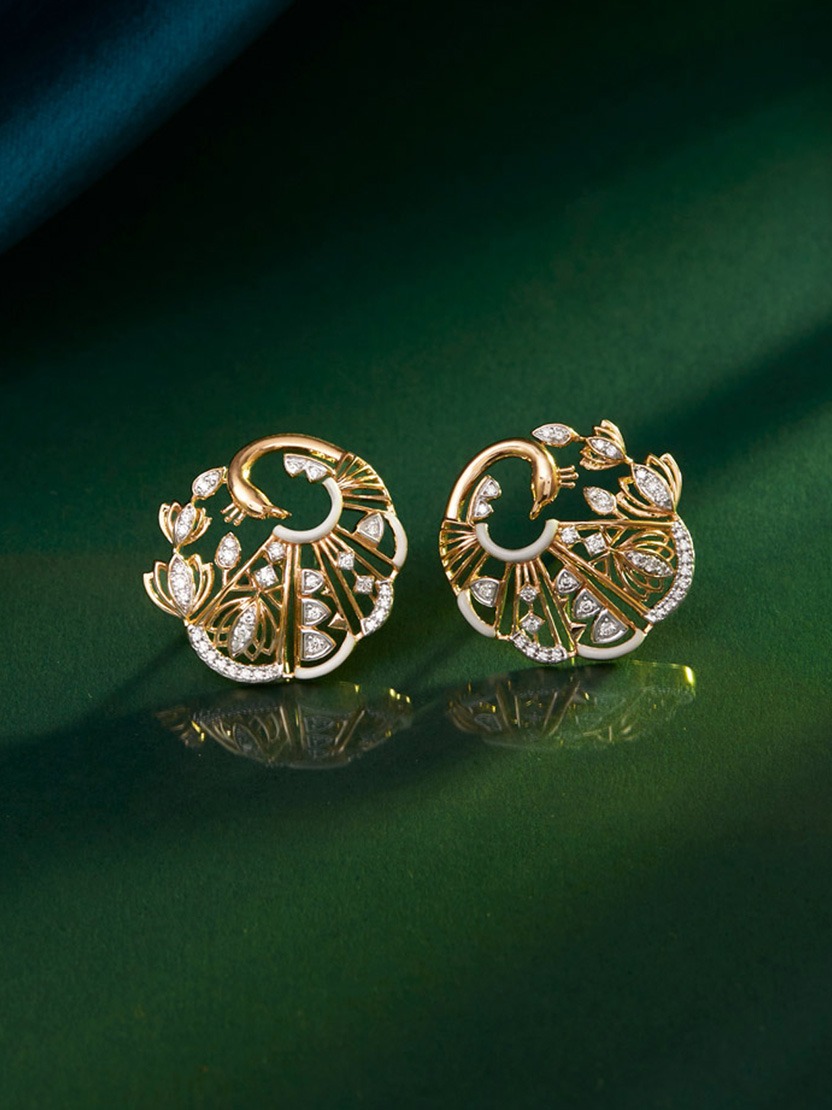
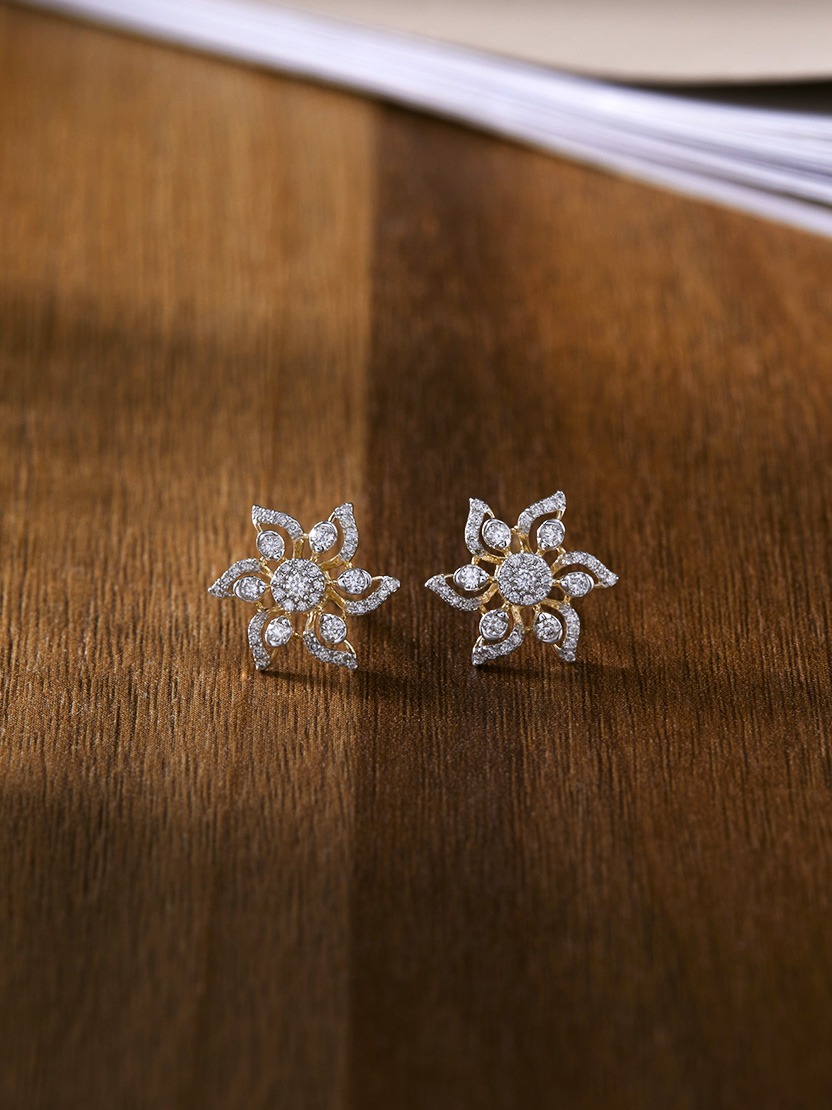
- Gold Colour Differences: 9kt gold, as seen in the One Way Diamond Ring, has a more subdued yellow tone due to the higher proportion of alloy metals. 14kt gold provides a warm and balanced glow, making it a preferred choice for white and yellow gold jewellery. Take a look at the My Mark of Victory Gemstone Necklace in 14kt gold. 18kt gold boasts a richer, more vibrant yellow hue, adding a luxurious appeal to high-end jewellery pieces. The Joely Hammered Gold Necklace exemplifies this beautiful 18kt yellow gold tone.
- White and Rose Gold Variations: All three karats are available in white and rose gold variations, where additional metals like palladium or copper influence the final colour. The Wave Leaflet Gold Necklace in rose gold showcases a soft, romantic hue, while the Assemble Pearl Station Necklace in white gold offers a sleek, contemporary appeal.
Melting Points and Gold Composition Differences
The composition of gold alloys varies significantly across karats, influencing physical properties such as melting point, density, and hardness. As gold purity decreases, the proportion of alloy metals—such as copper, silver, nickel, and zinc—increases.
- 24K gold has the highest gold content (99.9%) and the lowest melting point (~1064°C). It’s soft, dense, and highly resistant to tarnishing but not suitable for setting stones or heavy wear.
- 22K gold retains a high gold percentage (91.6%) but includes enough alloy to make it slightly more durable. It’s still quite soft and best used for traditional, intricate designs.
- 18K gold (75% pure) has more strength thanks to a higher mix of alloys. Its melting point is slightly higher, and it’s commonly used for diamond jewellery due to its balance of purity and durability.
- 14K and 10K gold contain more non-gold metals, which increases their hardness and tarnish resistance. These compositions are ideal for everyday jewellery that endures more wear.
Understanding alloy composition not only affects how the jewellery wears but also its care and maintenance needs.
Does Gold Purity Testing Matter?
Ensuring gold purity is essential for:
- Authenticity Verification – Avoid purchasing counterfeit or lower-karat jewellery misrepresented as higher purity.
- Investment Protection – Ensuring accurate gold content helps buyers retain long-term value.
- Allergy Prevention – Identifying alloy compositions ensures safe wear for those with metal sensitivities.
Always check for hallmark stamps when buying gold jewellery, and consider professional testing for added assurance.
How to Check Gold Purity: Testing Methods and Hallmarking
Gold purity is crucial in determining the value and authenticity of jewellery. Several reliable testing methods ensure accurate verification:
- Acid Test (Touchstone Test): A small scratch is made on a testing stone, and nitric acid is applied. If the metal dissolves, the gold content is lower than the test level. While cost-effective, this method may cause minor surface damage.
- Electronic Gold Testing: A device measures gold content by passing an electric current through the metal. It is non-invasive but may not detect gold plating or thick coatings.
- X-Ray Fluorescence (XRF) Analysis: A highly accurate, non-destructive test used by jewellers and refiners. It provides a complete breakdown of gold purity and alloy composition.
- Magnet Test: Since gold is non-magnetic, placing jewellery near a strong magnet can help detect fakes. If attracted, it likely contains non-gold metals. However, this test alone is not conclusive.
- Density Test (Water Displacement Method): Gold’s high density allows for purity verification by comparing its weight to the volume of water displaced. Best conducted by professionals for precision.
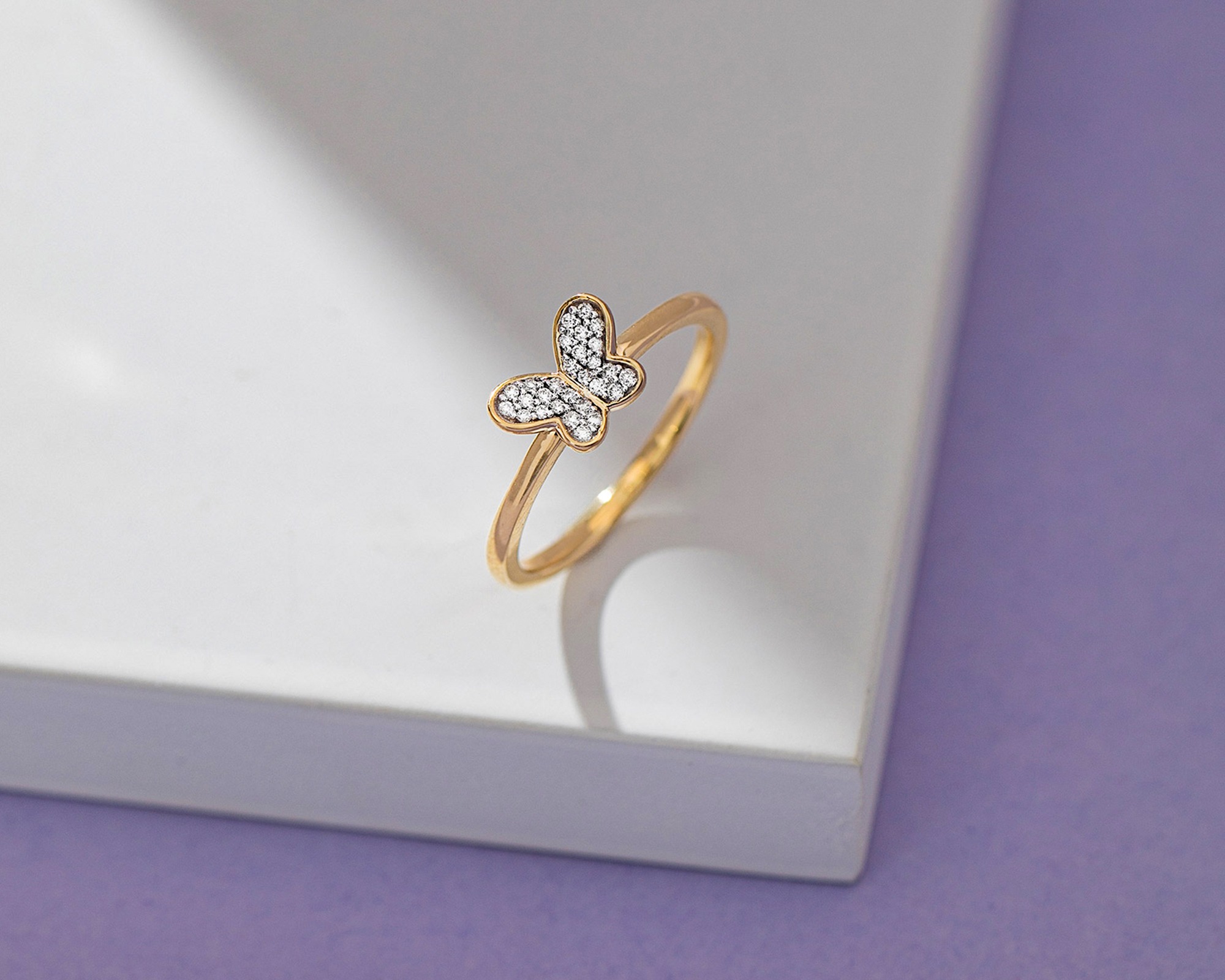
FAQs on Gold Purity
- What is hallmark gold?
Hallmark gold refers to jewellery that has been tested and certified for its purity by an authorised assay office. Common hallmarks include 375 (9K), 585 (14K), 750 (18K), 916 (22K), and 999 (24K).
- What is 833 gold?
833 gold contains 83.3% pure gold and is typically equivalent to 20K gold. It’s not as common in India but is used in other countries for mid-purity jewellery.
- How many carats is pure gold?
Pure gold is 24 carats (24K), meaning it contains 99.9% gold with virtually no other metals mixed in.
- How can I calculate the gold percentage in my jewellery?
Use a gold percentage calculator by dividing the karat number by 24 and multiplying by 100. For example, 18K = (18/24) × 100 = 75% pure gold.
- How to identify 24K gold?
Look for a hallmark of ‘999’ and a bright, deep yellow hue. Professional tests like XRF analysis also confirm its purity.
Product Recommendations by Karat Type
9K Gold Jewellery at CaratLane
Explore durable and affordable 9K gold options, ideal for everyday wear. Choose from stylish 9K gold rings, 9KT gold earrings, and lightweight 9KT gold pendants that strike a balance between elegance and practicality.
14K Gold Jewellery at CaratLane
Perfect for everyday elegance, CaratLane’s 14K gold jewellery blends durability and sophistication. Discover 14 karat gold earrings, delicate 14K gold chains, and rose gold 14K styles that offer a soft, romantic glow.
18K Gold Jewellery at CaratLane
CaratLane’s 18K gold range is ideal for those who love diamond jewellery with rich gold hues. Shop 18K gold earrings, 18K gold rings, and 18K gold chains—perfect for both everyday luxury and special occasions.
22K Gold Jewellery at CaratLane
Celebrate tradition with intricately crafted 22K gold jewellery from CaratLane. Whether it’s 22K gold earrings, 22K gold bracelets, or 22K gold chains, find ceremonial pieces with hallmark assurance.
24K Gold at CaratLane
Looking to invest in pure gold? CaratLane offers 24K gold coins and investment-grade gold items with a ‘999’ hallmark. Ideal for long-term value and auspicious gifting.
Final Thoughts
Choosing between 9K, 10K, 14K, 18K, 22K, and 24K gold ultimately depends on your lifestyle, budget, and personal style. Lower karats offer durability and affordability, while higher karats provide richness in colour and value. Understanding how gold purity affects these factors helps you make confident and informed choices.
Ready to discover your ideal gold jewellery? Explore CaratLane for a wide range of hallmarked gold pieces, each crafted to the highest standards.
You’d also love reading:

